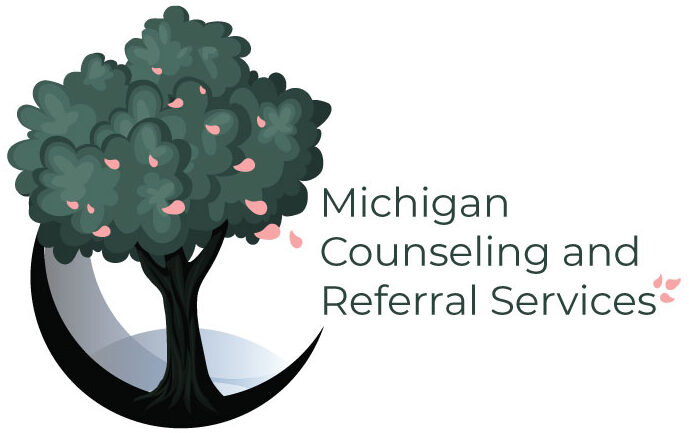ADHD Paralysis Help
Have you ever wondered how to get some help with your ADHD paralysis? As a neurodivergent therapist who is also part of the LGBTQIA+ community, I have a unique vantage point on the complexities of this condition.
This phenomenon, characterized by an overwhelming inability to initiate or complete tasks despite an awareness of their importance, is a common yet often misunderstood experience for those with Attention Deficit Hyperactivity Disorder (ADHD).
ADHD paralysis can be incredibly frustrating and debilitating, impacting various aspects of life including work, relationships, and self-esteem. Let’s look a bit deeper at the definition.
Defining ADHD Paralysis
ADHD paralysis, sometimes referred to as “task paralysis” or “executive dysfunction,” occurs when an individual with ADHD feels mentally and physically stuck, unable to move forward with tasks.
This paralysis can stem from a variety of factors, including overstimulation, perfectionism, fear of failure, or simply the sheer volume of tasks to be completed (Barkley, 2015).

Unlike procrastination, which is a voluntary delay, ADHD paralysis is an involuntary state where the individual genuinely cannot initiate or complete actions despite their best intentions and efforts.
For those of us with pathological demand avoidance — more aptly termed persistent demand for autonomy — ADHD paralysis falls under this umbrella.
The general idea is that we as neurodivergent people are placed in a situation where we do not have autonomy due to one of the factors I stated above, so our bodies react in many ways.
Now that we have defined ADHD paralysis, we can talk about the importance of addressing it in the next section.
The Importance of Addressing ADHD Paralysis
Addressing ADHD paralysis is crucial for fostering a sense of agency and self-efficacy.
When left unaddressed, this paralysis can lead to a cycle of guilt, shame, and further inaction, exacerbating symptoms of anxiety and depression in neurodivergent people.
For LGBTQIA+ individuals, who may already face societal marginalization and internalized stigma, it can compound feelings of inadequacy and isolation.
So it will be really important for those of us who have intersecting identities with neurodivergence to manage our ADHD paralysis. We have higher risks for the negatives of not addressing it.
Recognizing and validating the experience of ADHD paralysis is the first step toward managing it effectively and compassionately.

Personal and Professional Insights
From my perspective as a neurodivergent therapist, I have both personal and professional insights into this condition.
I have experienced the overwhelming sensation of being unable to start a task, no matter how urgent or important it is. This experience is often misunderstood by those who do not have ADHD, leading to misguided advice or judgment.
For example, well-meaning suggestions like “just start somewhere” or “try harder” fail to grasp the internal barriers that individuals with ADHD face (Matlen, 2016).
In therapy, I often encounter clients who describe similar struggles. One client, a young non-binary person named Jeff (pseudonym), shared their experience of ADHD paralysis in the context of academic work.
Despite their intelligence and passion for learning, Jeff found themselves unable to begin assignments until the last minute, leading to high levels of stress and suboptimal performance.
Through our work together, we identified the role of perfectionism and fear of judgment in Jeff’s paralysis.
By breaking down tasks into smaller, manageable steps and incorporating self-compassion practices, Jeff gradually developed strategies to mitigate the impact of ADHD paralysis (Matlen, 2016).
Therapeutic Approaches to ADHD Paralysis
Several therapeutic approaches can be effective in helping us with our own unique cases of ADHD paralysis.
Cognitive-behavioral therapy (CBT) is one such approach, helping individuals to reframe negative thought patterns and develop more adaptive behaviors.
For instance, a client who believes they must complete a task perfectly might be encouraged to adopt a “good enough” mindset, reducing the pressure that contributes to paralysis (Barkley, 2015).
Mindfulness-based therapies also offer valuable tools for us.
Mindfulness practices can help individuals cultivate present-moment awareness and reduce the anxiety associated with future-oriented thinking.
By learning to observe their thoughts and feelings without judgment, individuals can create a mental space where they feel more capable of taking action (Kabat-Zinn, 2003).
In addition to these strategies, it is essential to create an inclusive and affirming therapeutic environment.
As a neurodivergent LGBTQIA+ therapist, I strive to ensure that my clients feel seen, heard, and validated in their experiences.
This involves acknowledging the unique challenges that arise from the intersection of ADHD and LGBTQIA+ identities, such as the additional stressors of navigating societal biases and the need for authenticity in a world that often demands conformity.
Practical Strategies for Overcoming ADHD Paralysis
Beyond therapeutic interventions, practical strategies can also be helpful.
For example, using tools like timers or visual schedules can provide structure and external motivation.
Breaking tasks into smaller, actionable steps can make them feel less overwhelming.

Additionally, finding ways to make tasks more engaging or enjoyable can help to bypass the paralysis.
This might involve incorporating elements of play, creativity, or social interaction into the task (Matlen, 2016).
Conclusion
In conclusion, ADHD paralysis is a significant and often misunderstood aspect of living with ADHD.
As a neurodivergent therapist within the LGBTQIA+ community, I have seen the profound impact that understanding and addressing ADHD paralysis can have on individuals’ lives.
By employing therapeutic strategies such as CBT, mindfulness, and creating an inclusive therapeutic space we can help individuals navigate and overcome the barriers of ADHD paralysis.
This leads to greater self-acceptance, empowerment, and overall well-being.
Work With Me!
If you would like help with your ADHD paralysis from a therapist that gets it, contact me here!
Hours: Monday-Thursday 12-7pm
Phone: (616) 259-0255
Email: info@michigancrs.com
Location: 1451 East Lansing Dr., Suite 219
East Lansing, MI 48823
Website: michigancrs.com
References
Barkley, R. A. (2015). Attention-deficit hyperactivity disorder: A handbook for diagnosis and treatment (4th ed.). Guilford Press.
